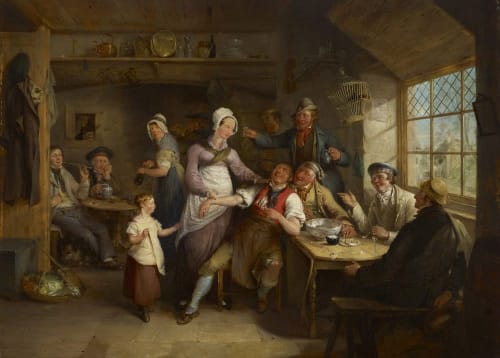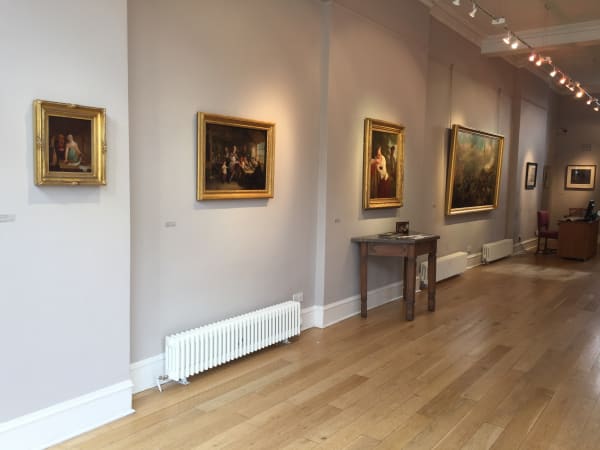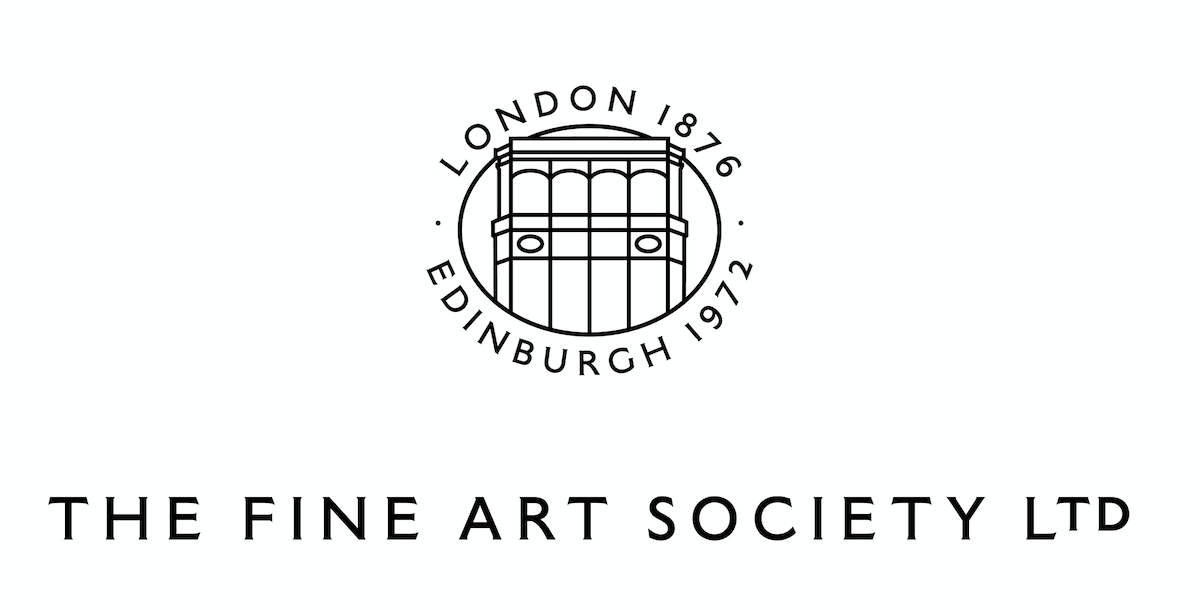Folk and Fancy: Tales and Tradition
Central to the show was a large-scale painting by James Howe (1780-1836) of All Hallow’s Fair on Calton Hill (c.1817-22). The last All Hallow’s fair was held in 1813 and Howe has cited a depiction of recent history (the fair) in a part of the historic townscape that was under rapid development. No doubt he had good pictorial reasons for doing so, but the number of new buildings – Nelson’s Monument, Governor’s House and St James’s Church to name a few - is striking.The panorama, more an act of creative imagination than actual topography, show horse, cattle and sheep that have been driven to the capital from the lowlands and the highlands. Tents were struck to house hostels and the scene is thronging with human and animal life. 5,000 to 10,000 livestock would pass through a sale such as this: they were lively affairs and it wasn’t unusual for the Town Guard to be deployed to stop the lively youth creating cattle stampedes.
Painted around the same time is an alehouse scene, The Miller of Drone, by Alexander Carse. Better known as a popular Scottish strathspey composed either by Nathaniel Gow (1763-1831) or by his father Niel (1727-1807), there are also three versions of a bawdy song called the "Miller of Drone" originating from northeast Scotland: There was a miller lived in Dron / And he was fed on beef and brose / Wi' sturdy limbs and shoulders broad / As you may well suppose. The scene focuses on the miller exactly as described in the lyrics and his friends and their increasing inebriation.
Also, included in the show was a small and rare oil by Alexander Runciman of a romantic landscape with musicians, this the earliest dated picture in the show. Painters such a John Faed, Joseph Noel Paton and John Duncan draw on Burns, Shakespeare and Celtic and Nordic myth.
The exhibition was drawn to a conclusion with a playful work by Will Maclean from 1982, Priest’s Box. It is an imaginary tool kit for a travelling Bronze-Age priest with equipment for the alignment of standing stones; a cord measuring a megalithic yard contained in a bone tube, cords for setting straight lines such as gardeners use, even model standing stones.










